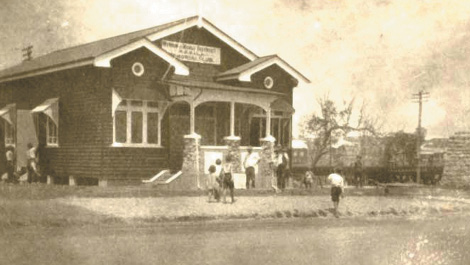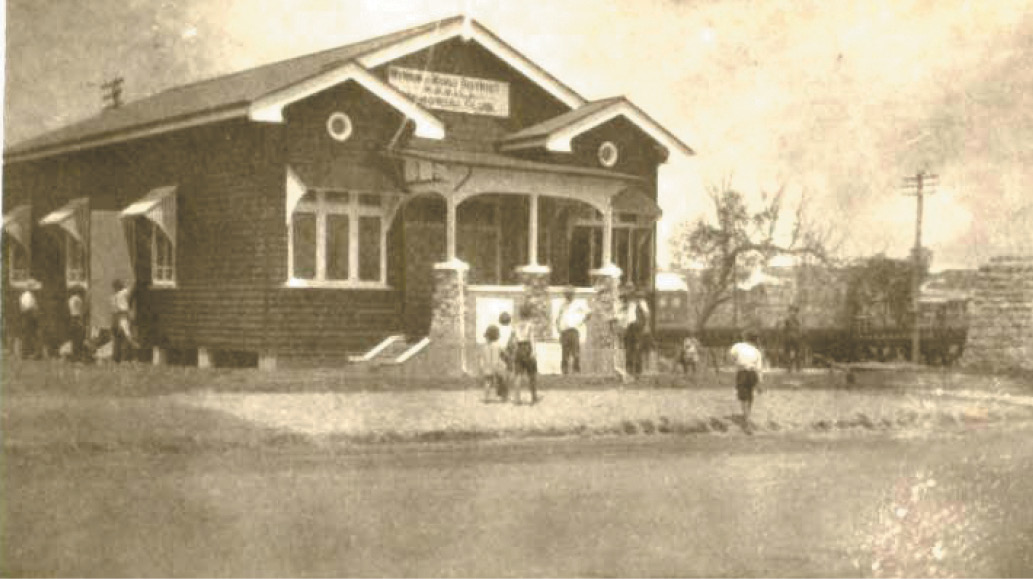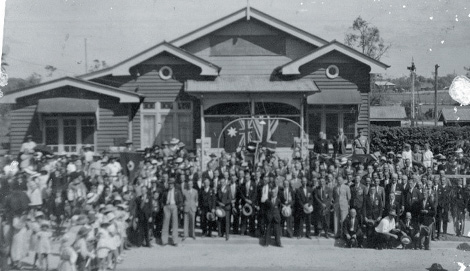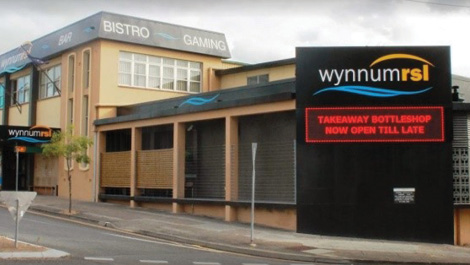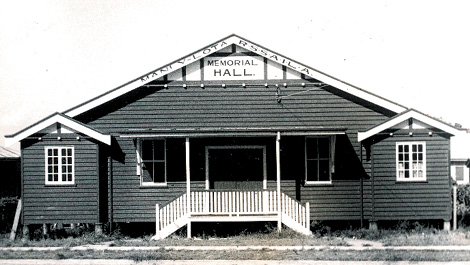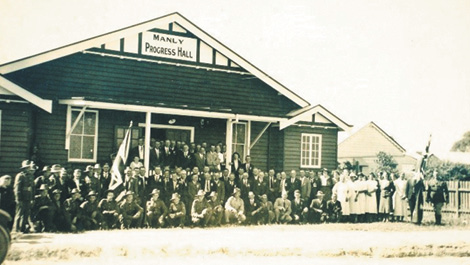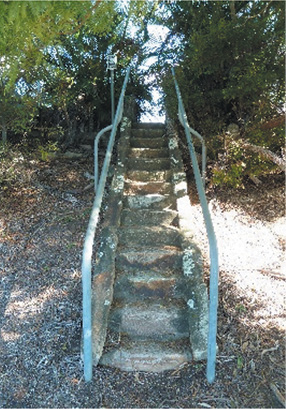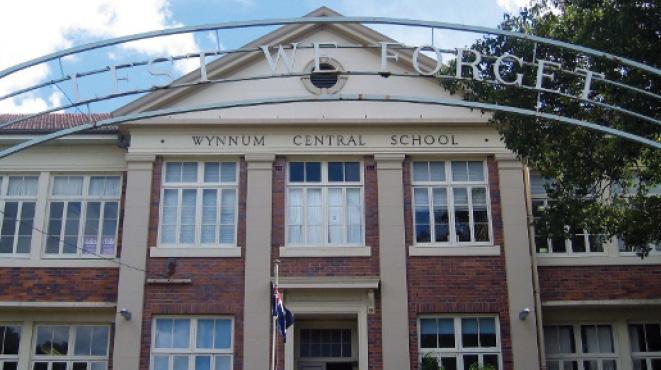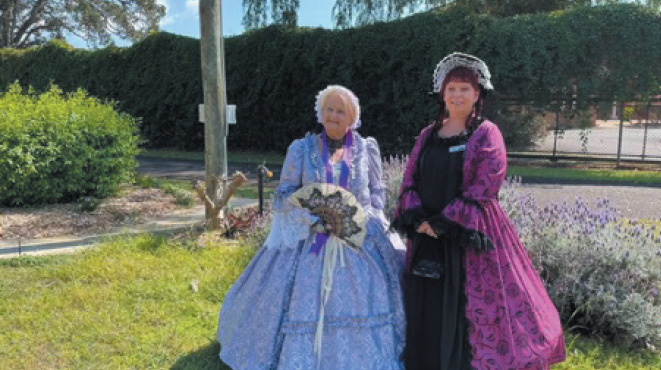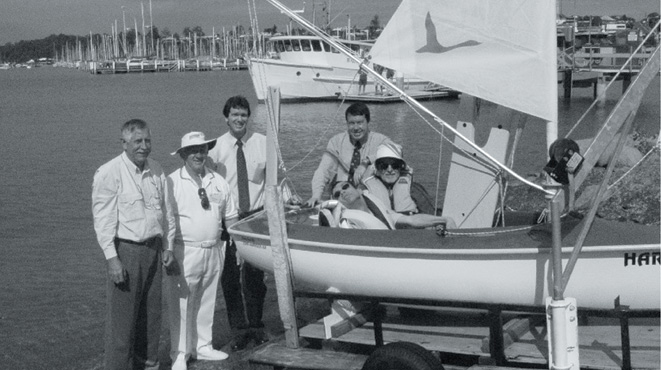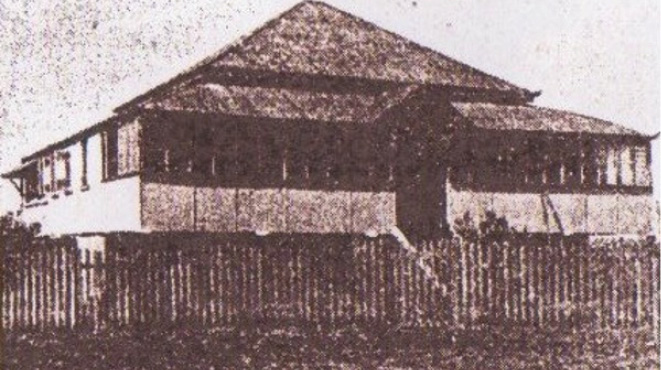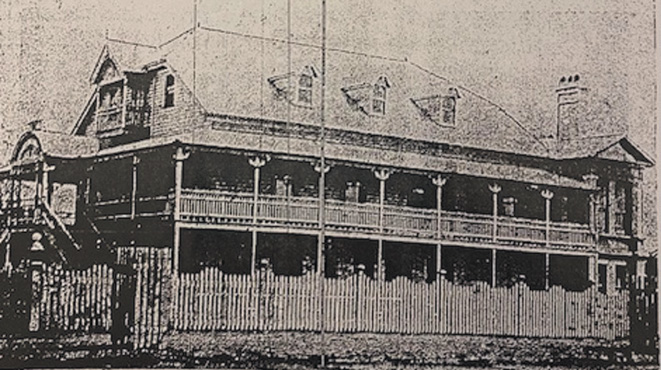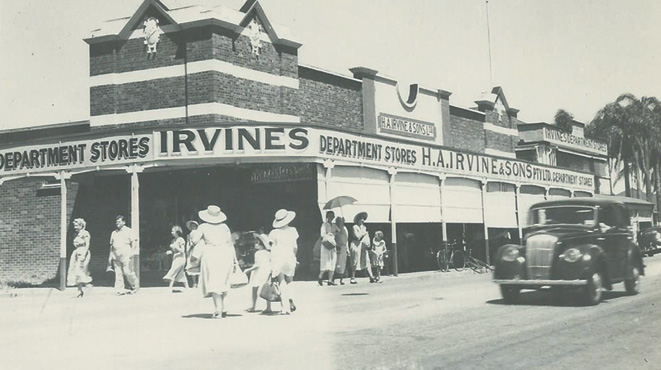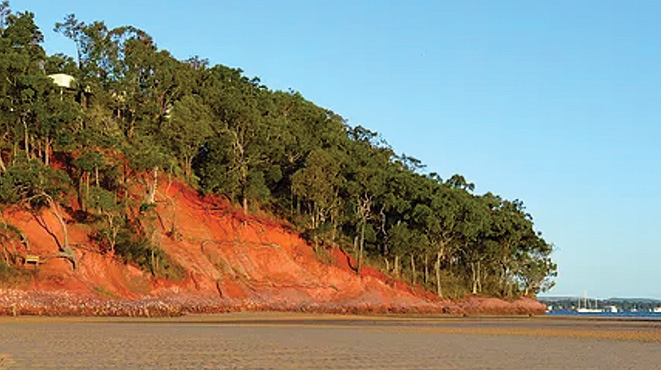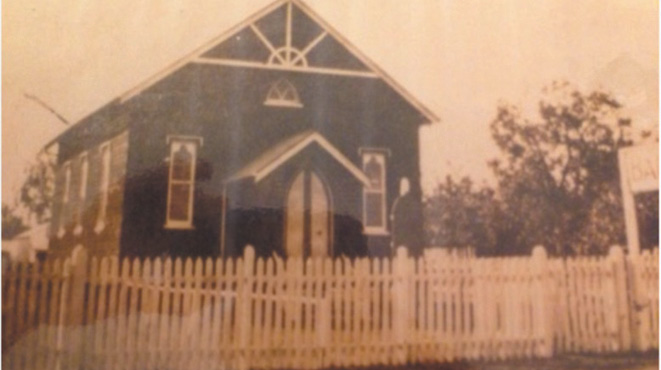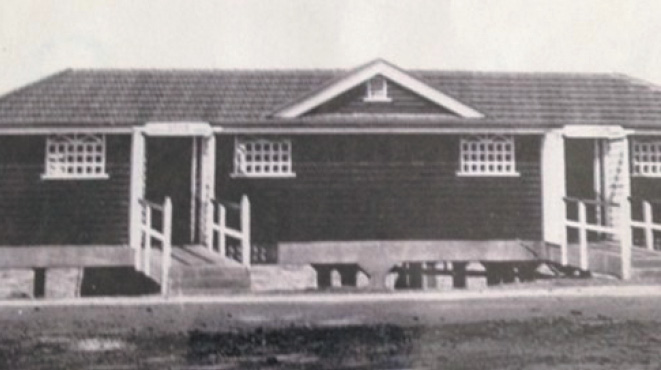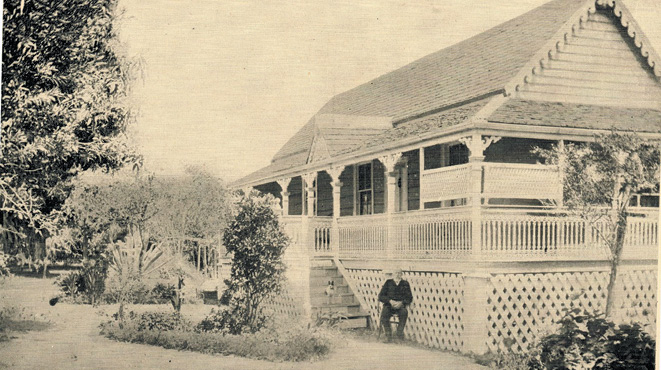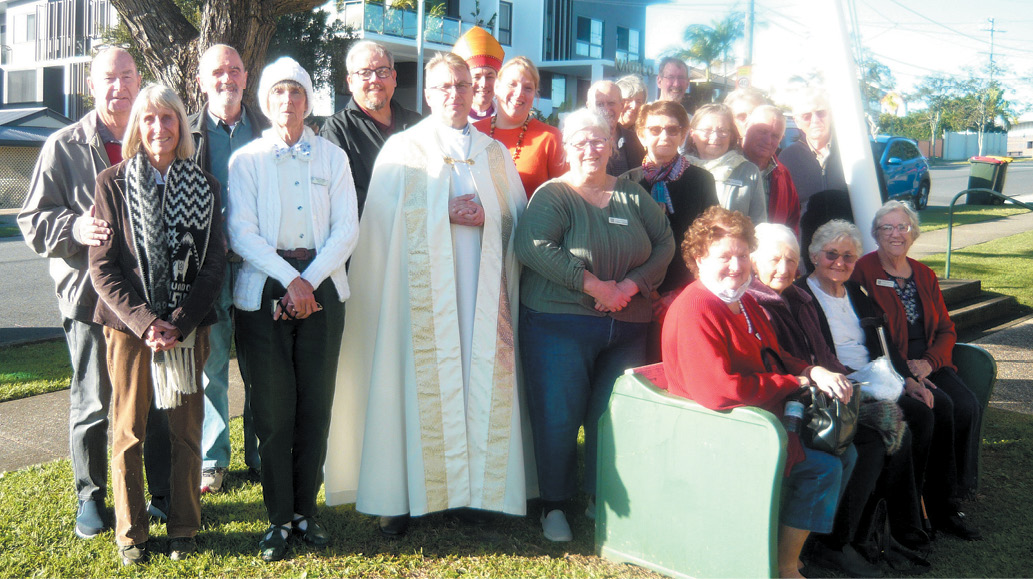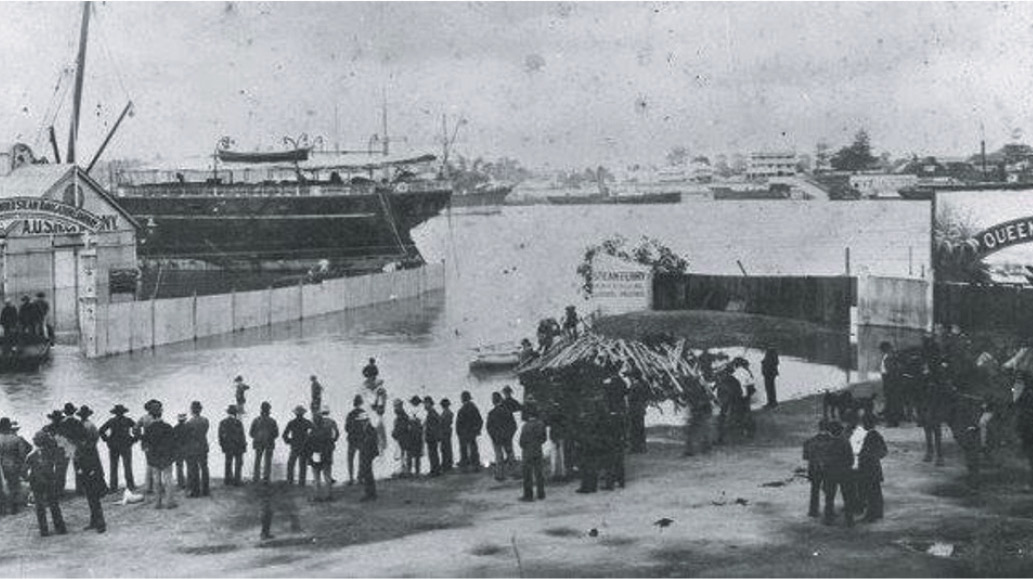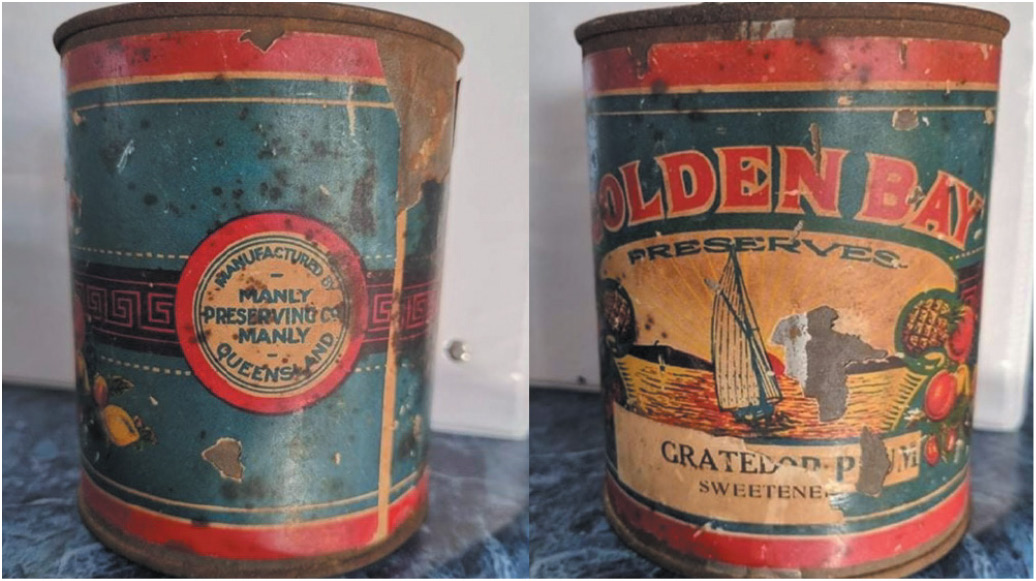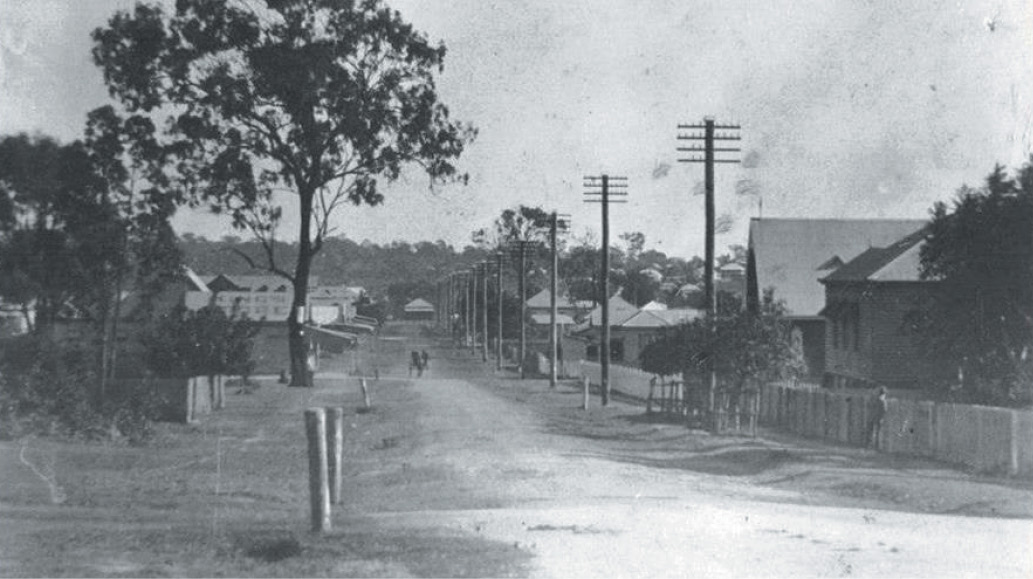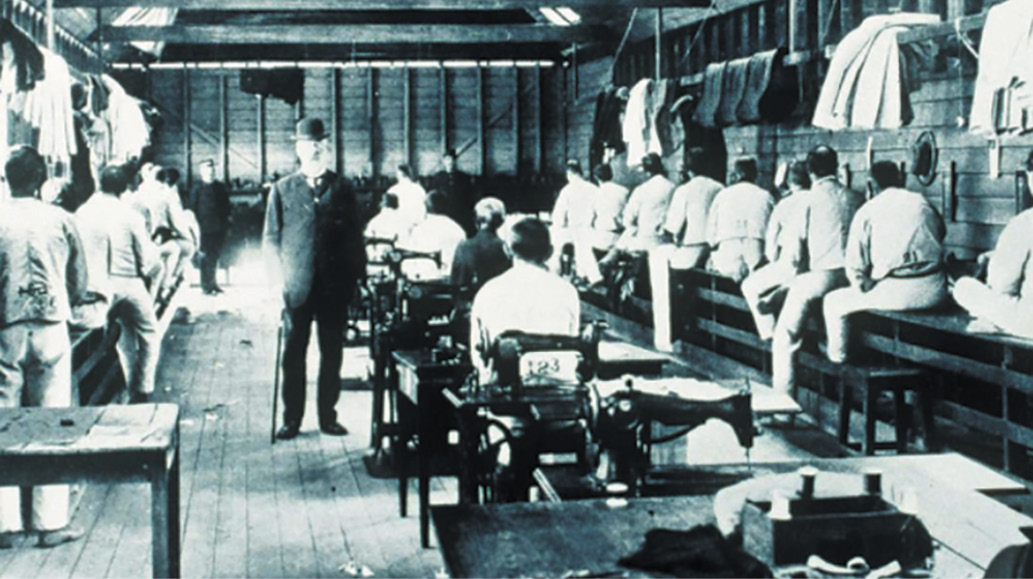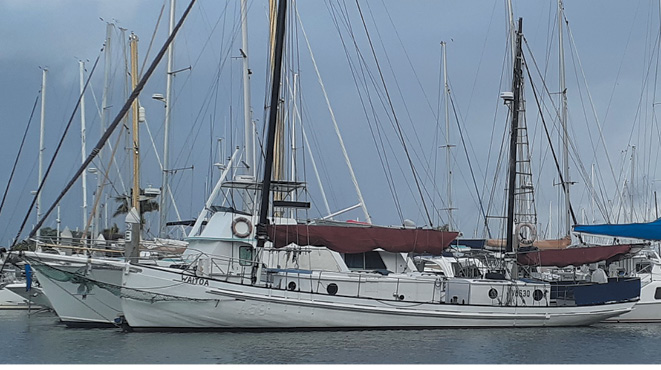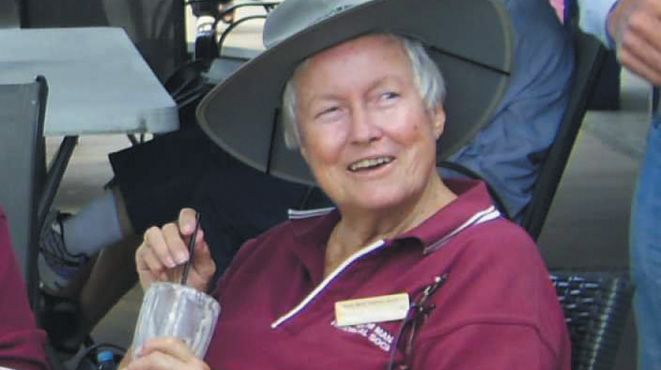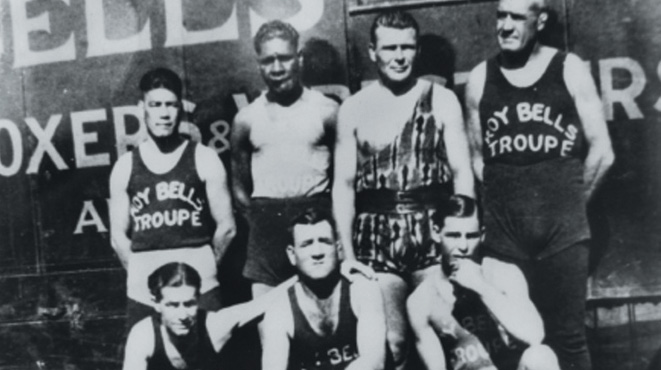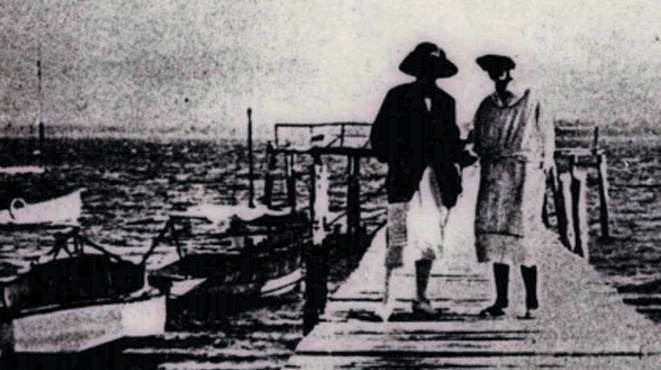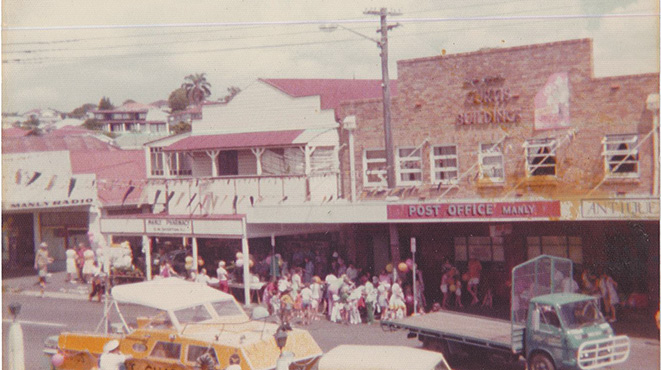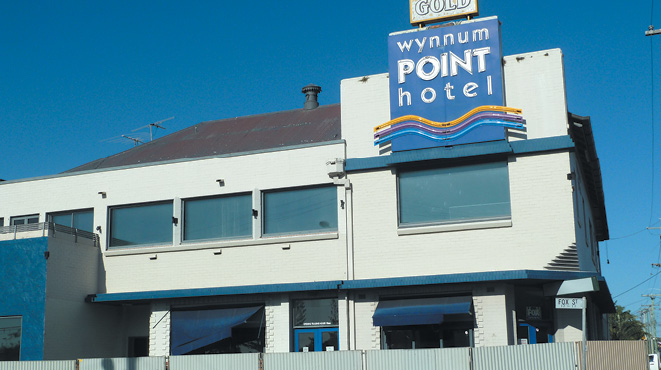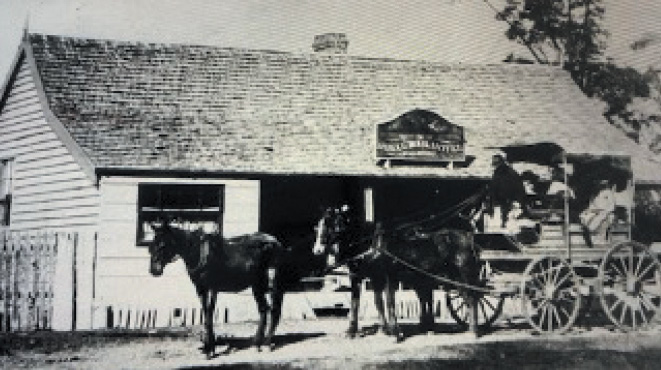FROM THE WYNNUM MANLY HISTORICAL SOCIETY
WYNNUM RSL
On August 25 1925, the Commissioner of Railways received an application from the Lady Mayoress of Wynnum, Mrs J W Greene, for an area of land owned by the Commissioner to be made available for a site for a Memorial Hall for the Returned Sailors and Soldiers Imperial League of Australia (RSSAILA), Wynnum Branch.
The site chosen was Lord Kitchener’s land and reviewed the troops returning to Lytton on January 3, 1910.
The application was successful. On the corner of Tingal Road and Berrima (now Colina) Street, the land was set aside on November 5 1925, as a “Reserve for a Soldiers Memorial Hall”.
Mr G T Campbell of Federal Deposit Chambers, Brisbane, prepared the plans for the Hall. Tenders were called in October 1929, and the building soon commenced. A public ceremony was held on 7th December 1929, and the Hall was opened by Sir John Goodwin, Governor of Queensland. The post in the ground, marking Kitchener’s location, in 1910, for the match past, was replaced with a granite and marble cairn.
The Commissioner for Railways extended the size of the piece of land in 1931. A Board of Trustees John Greene, William Gunn and William Nichols was proposed but never appointed.
The first Board of Trustees was appointed on October 8 1936, made up of George Paton, J P Donnelly and Edmund Calvert.
More land was purchased for a significant extension in 1937. When there were great extensions and renovations in 1954, extending from the Bowling Green to the Kitchener Memorial, the remodelled building was flush with the footpath alignment. Meeting rooms were added, card rooms, a billiard room and a library. Additional activities were incorporated into the RSL Club’s program. Public entertainment was introduced. Septic was installed. The project cost £8,000.
Further extensions took place in November 1963 towards Colina Street over the site of the Memorial Cairn. The cairn was not incorporated into the building and disappeared.
Advertisements in 1973 indicated a further $500,00 was spent on modernising the club. The lost marble face of the cairn was found in 1992, dumped in a suburban backyard. A new cairn was reconstructed 60 metres away from the old site, across Colina Street against Wynnum Creek. Lord Mayor Jim Sorley unveiled the new Cairn on May 2, 1992.
MANLY LOTA RSL
Travel was difficult in the mid-1930s. Due to the distance from Manly and Lota to the Wynnum Hall, Billy Gunn (William Morrison Gunn MP. (1895-1970) founded the Manly-Lota Sub-Branch on September 21st 1936, at a meeting held in the Manly Progress Hall in Melville Terrace. Early meetings were held in members’ homes, and in the first year, the sub-branch gained 115 members. The first President was Charlie Mengel; Secretary was Les Cameron and Treasurer Perc Cooper.
In June 1940, a piece of land and a derelict hut were secured on the corner of Nelson Parade and the Esplanade. With renovations, a temporary clubhouse was formed. The kitchen was built in the garage and connected by a walkway to the clubhouse. The grounds stretched down to the Esplanade on which an annual White City Fete was held in September. Some of the attractions were a procession, stalls, refreshments, baby show, big wheel, dips, and ice cream.
The clubhouse was far too small and was only intended to be temporary accommodation. In 1951 moves were made to purchase the Manly Progress Hall. Many of the RSSAILA members were also members of the Progress Association.
From January 1st 1952, the Progress Hall in Melville Terrace became the property of the Returned Sailors, Soldiers and Airman League (RSSAILA) and was known as the Manly-Lota RSSAILA Memorial Hall. One hundred and twenty members and guests witnessed the official handing over of the Manly Progress Hall to the Manly-Lota Sub-branch of the RSSAILA on Saturday night, March 5th 1952.
The 16th White City Fete was held in the Manly Memorial Hall in 1952. A new and improved stage induced Mercury Theatre to move their performances into the Hall in 1955, and the company is still performing today.


